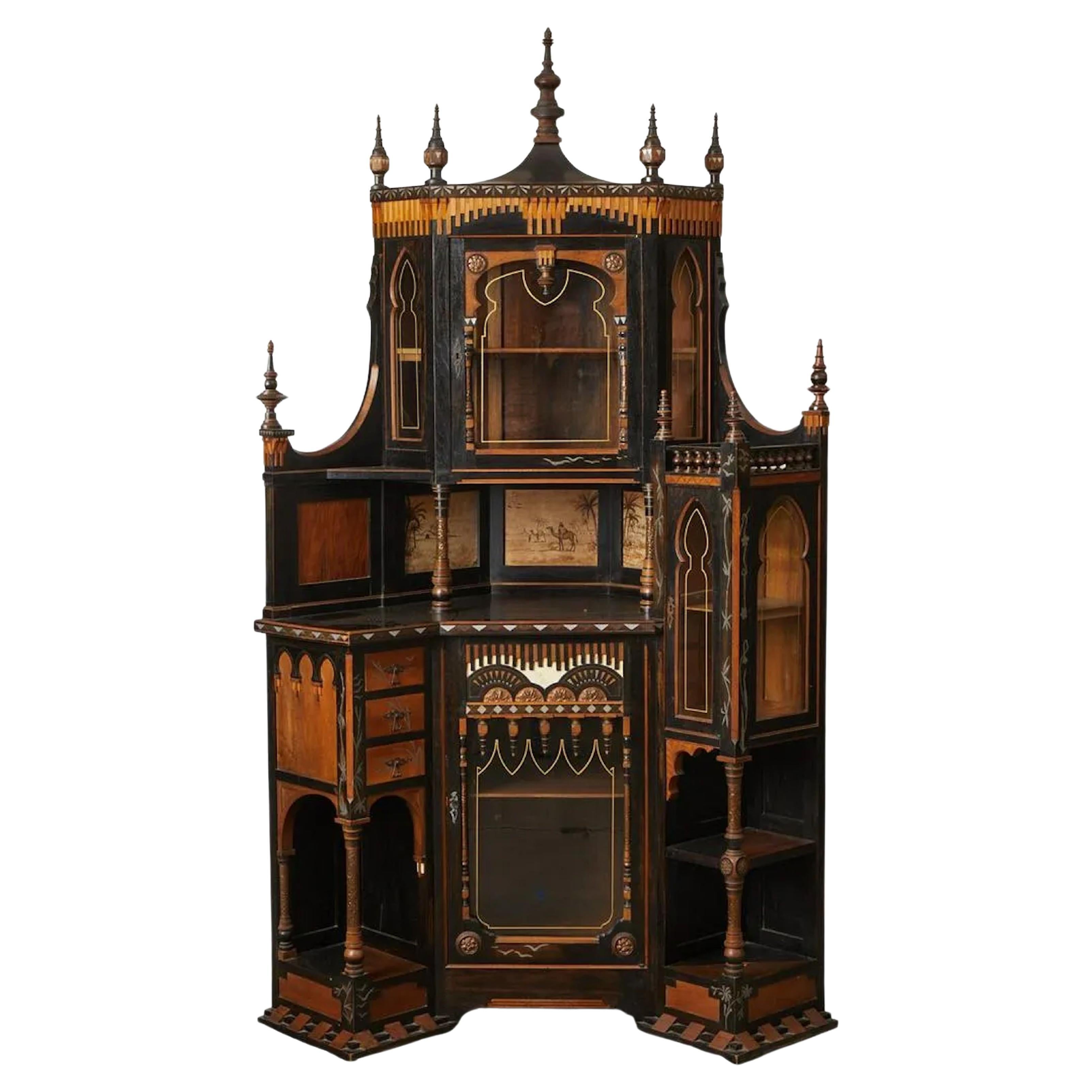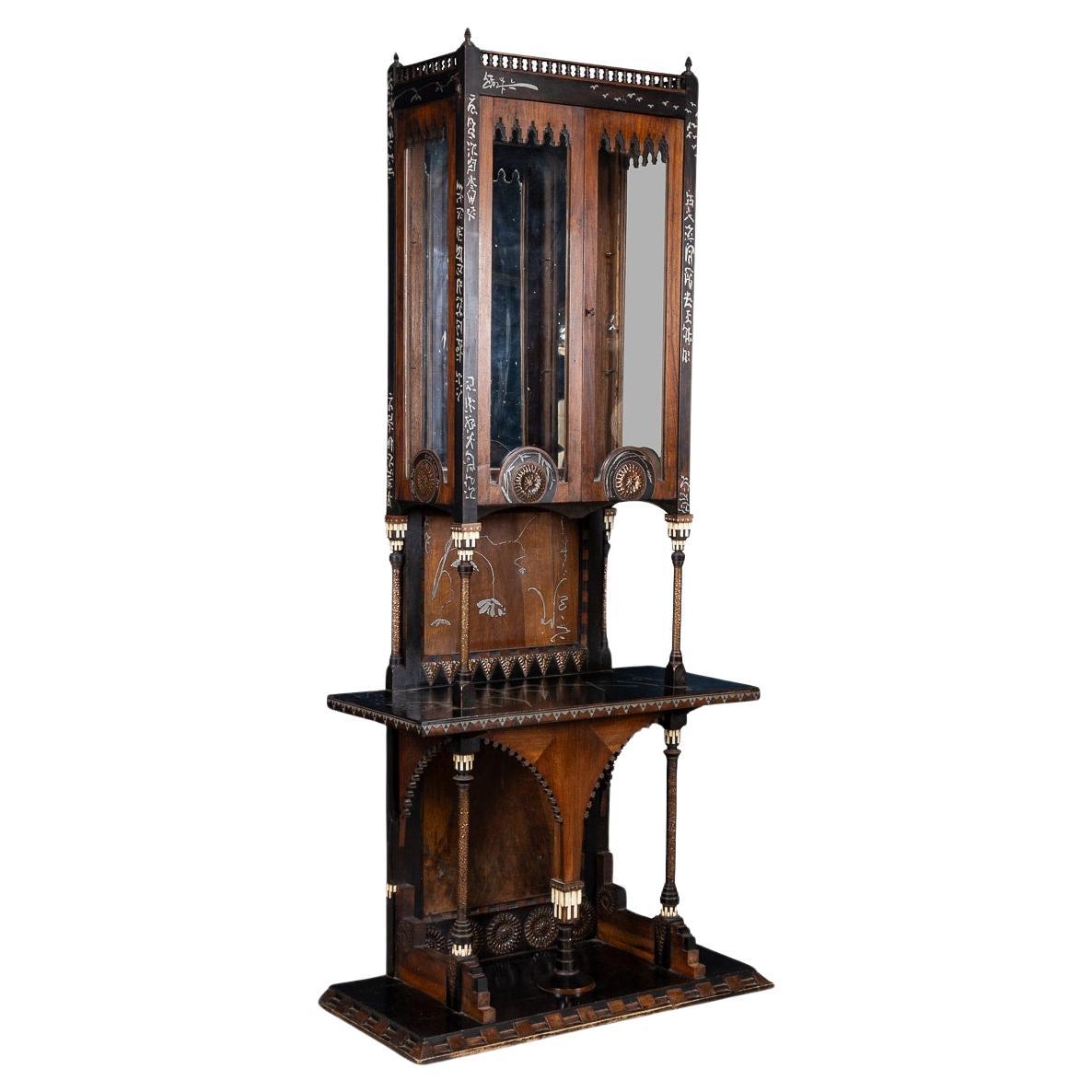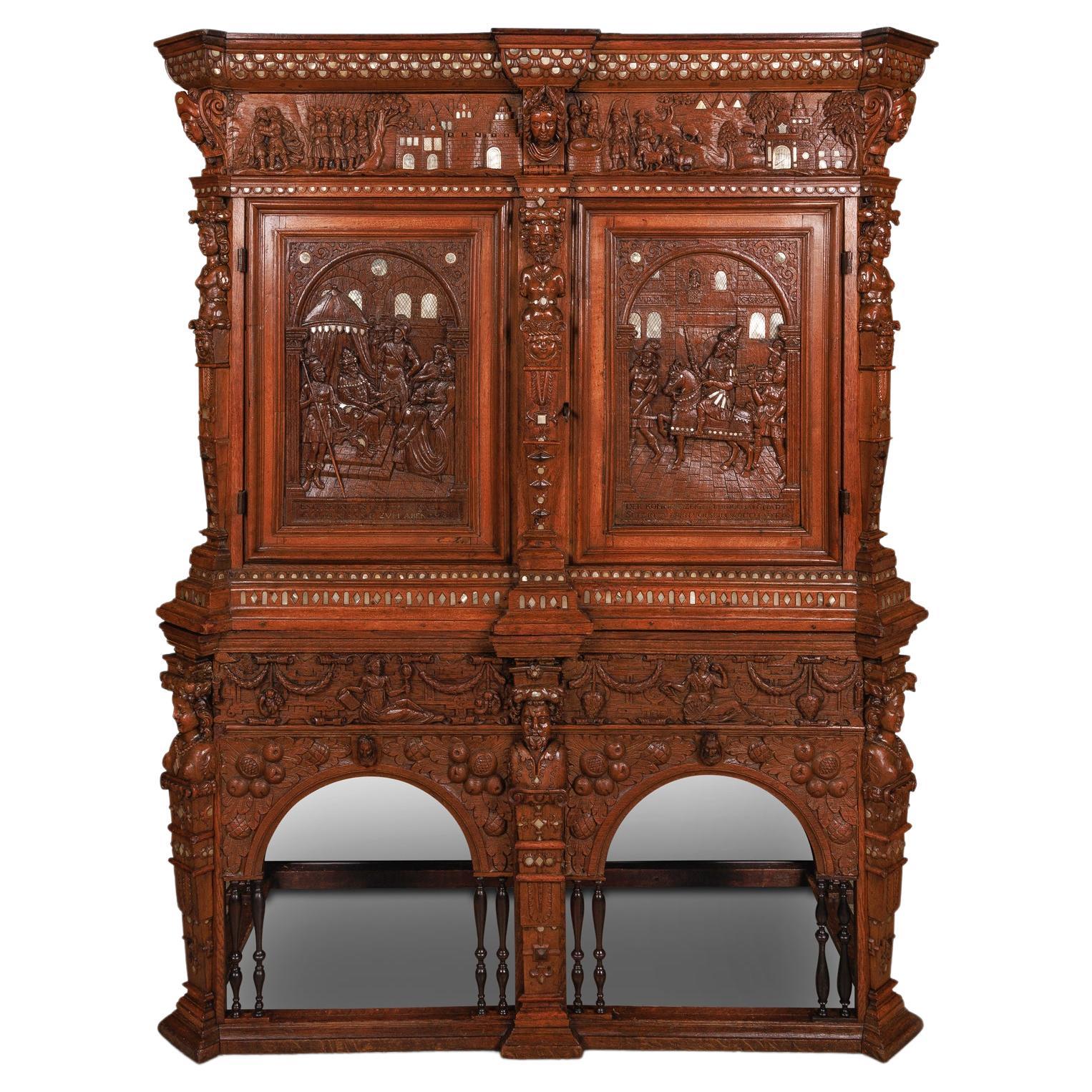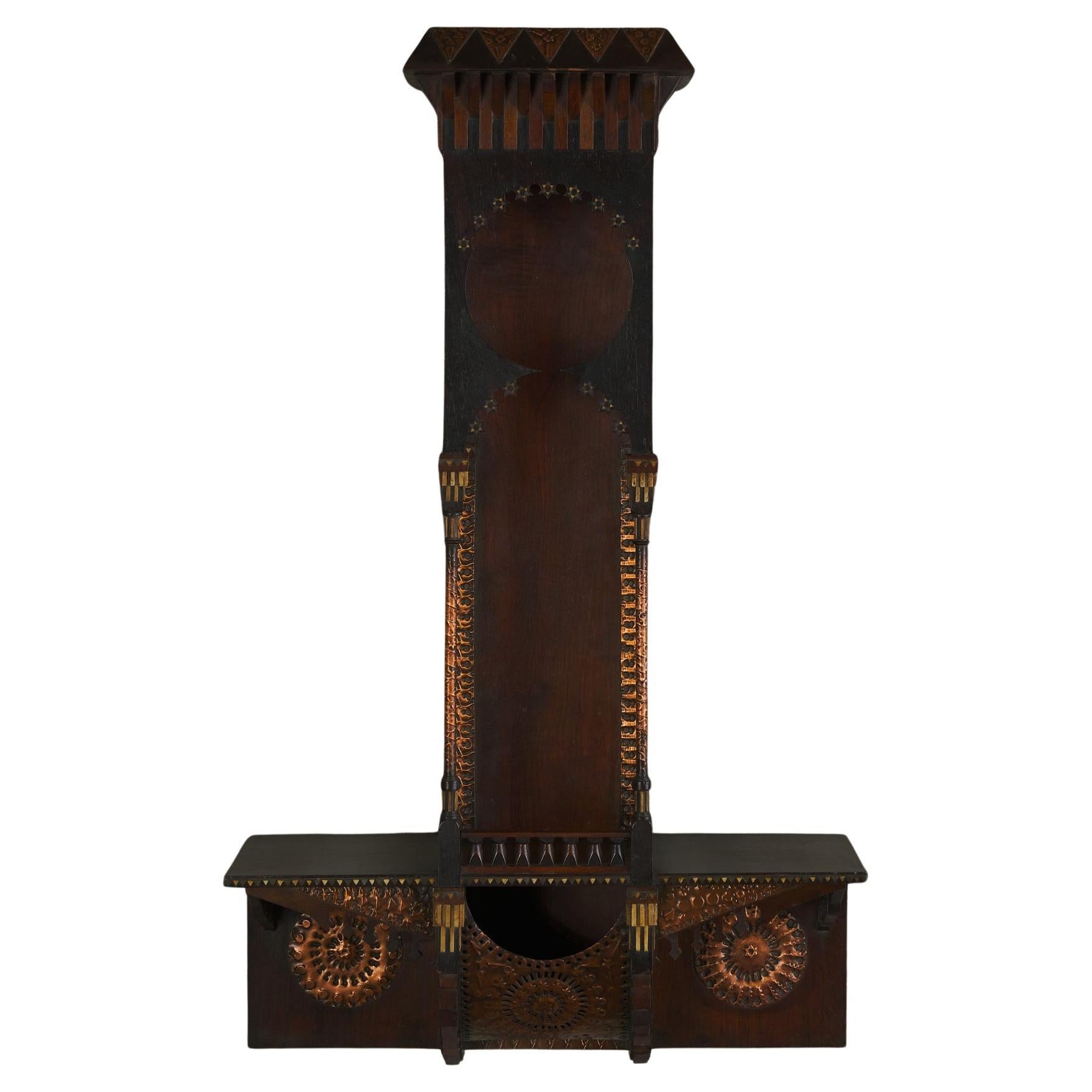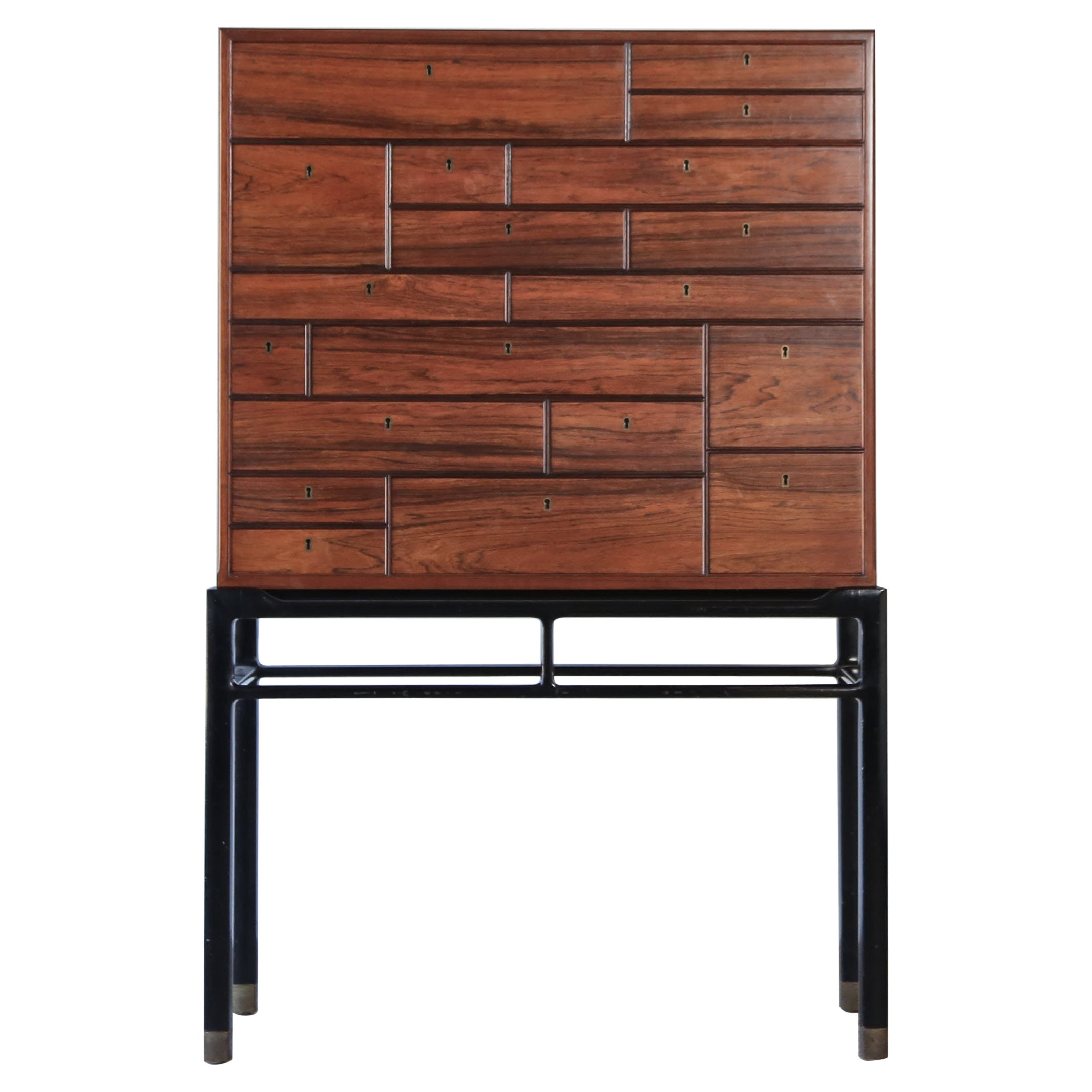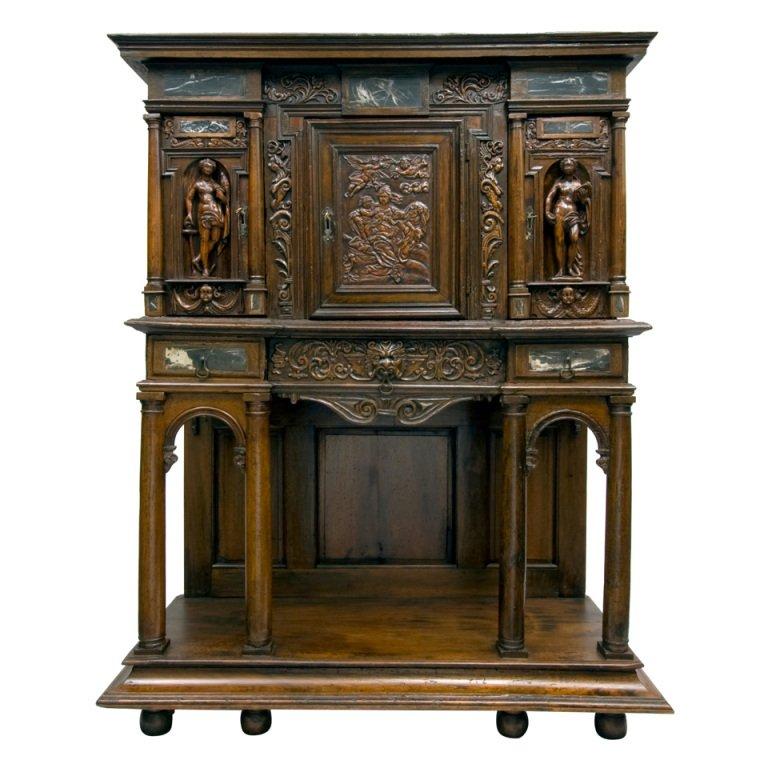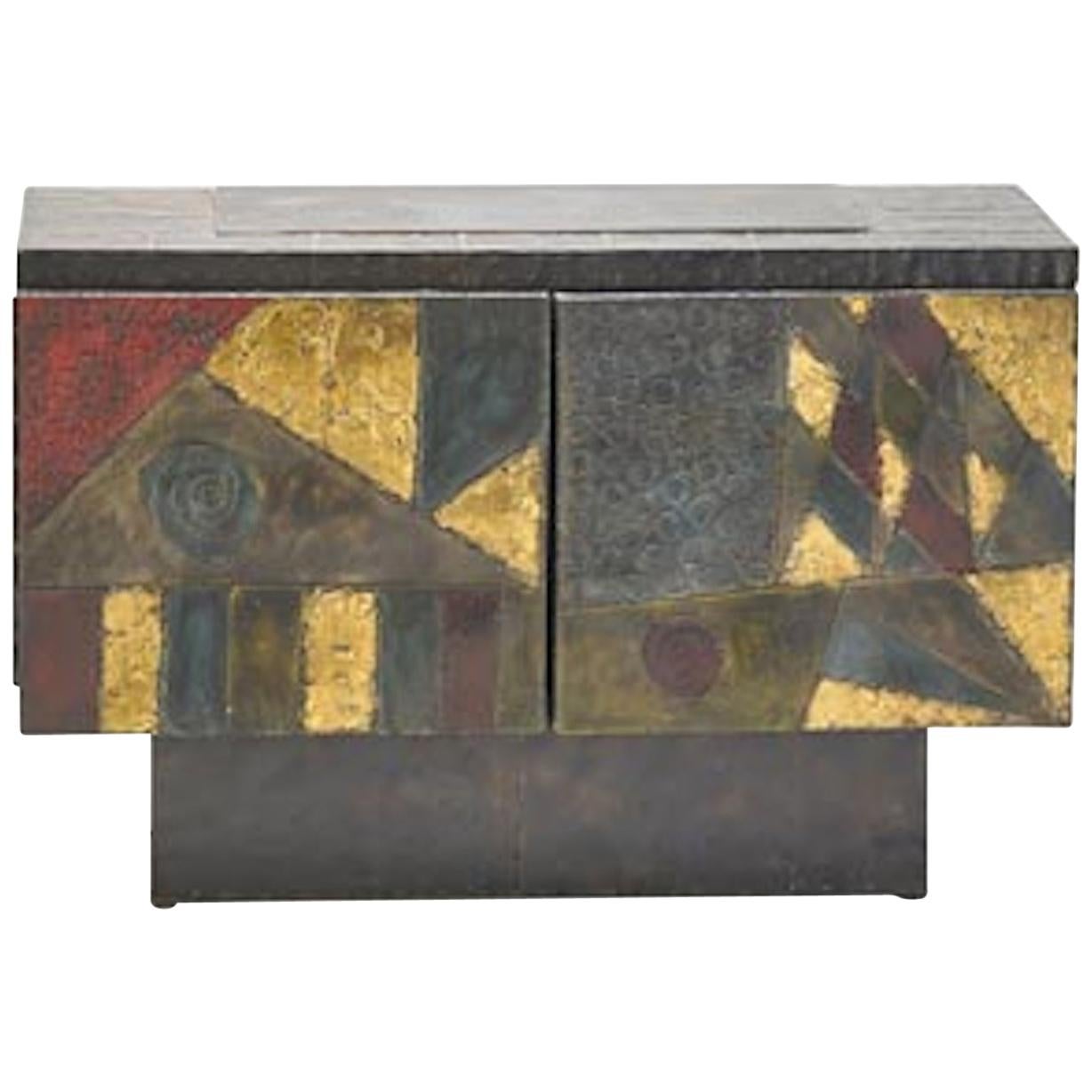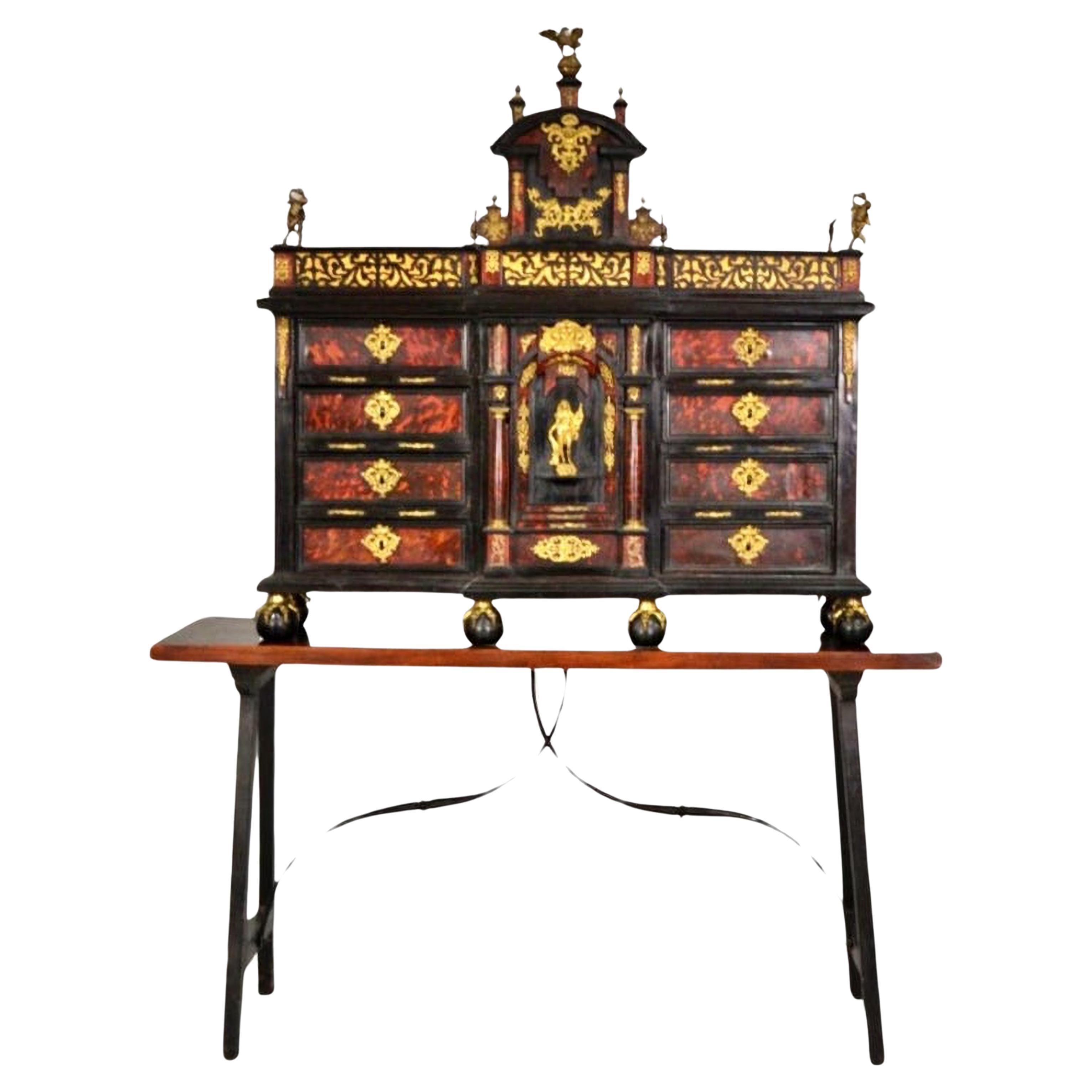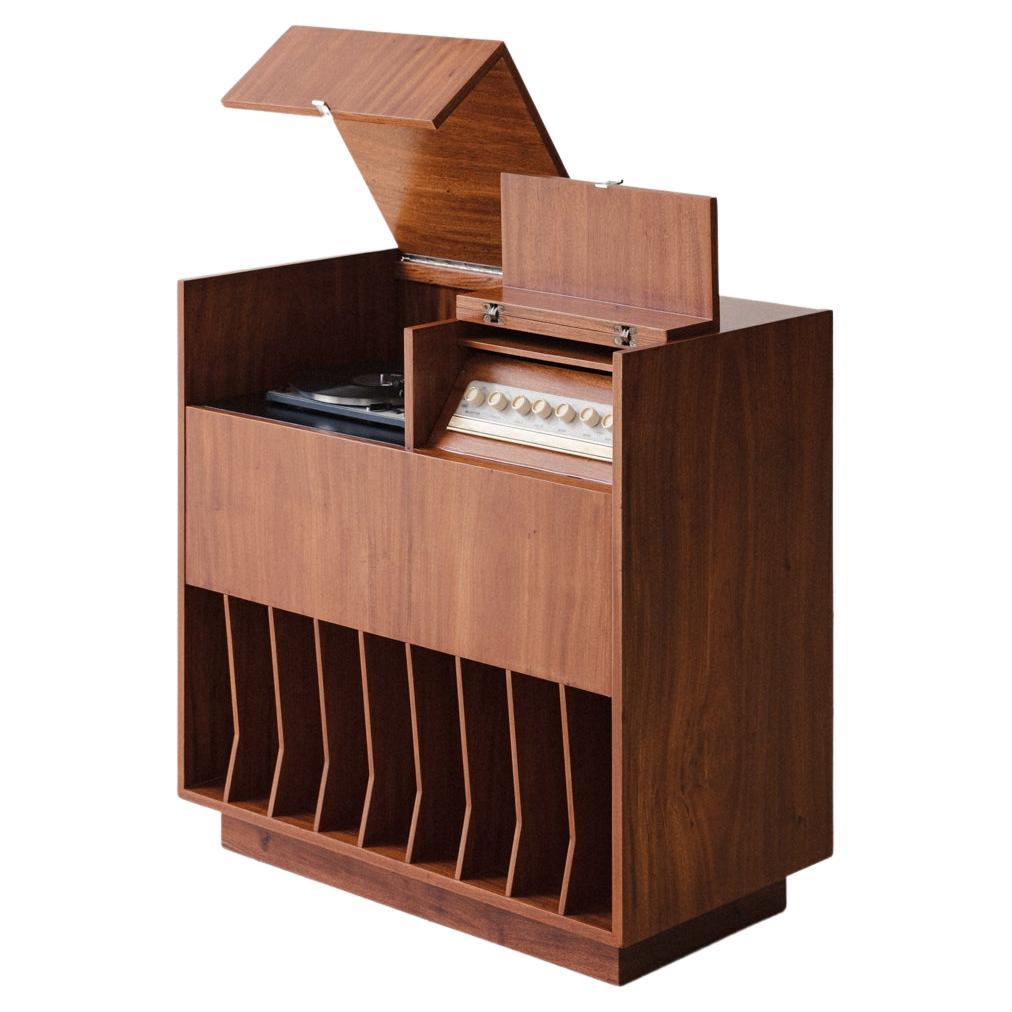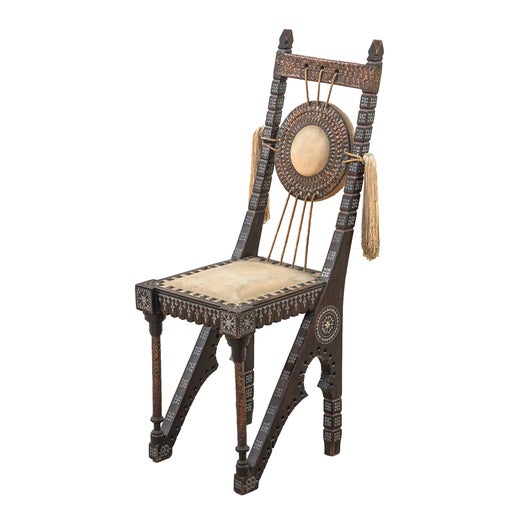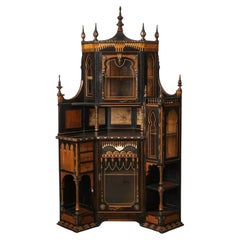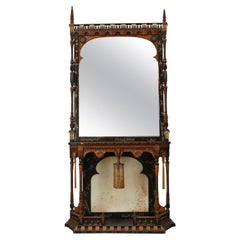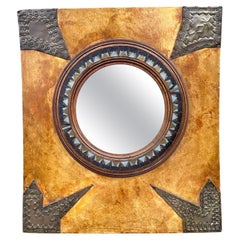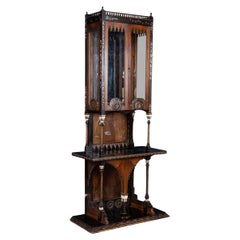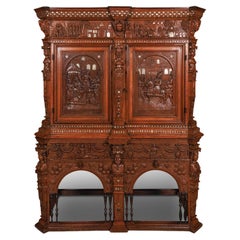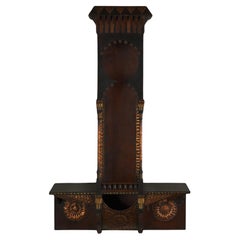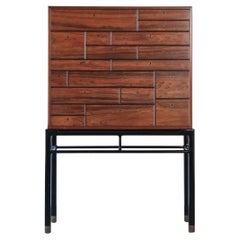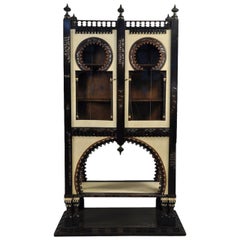
Important and Rare Cabinet by Carlo Bugatti
View Similar Items
Important and Rare Cabinet by Carlo Bugatti
About the Item
- Creator:Carlo Bugatti (Artist)
- Dimensions:Height: 72 in (182.88 cm)Width: 41.5 in (105.41 cm)Depth: 22 in (55.88 cm)
- Style:Moorish (In the Style Of)
- Materials and Techniques:
- Place of Origin:
- Period:1900-1909
- Date of Manufacture:1900
- Condition:
- Seller Location:Montreal, CA
- Reference Number:1stDibs: LU87515703883
Carlo Bugatti
Imaginative, bold and full of poetic details, the work of Carlo Bugatti pushed the boundaries of the Art Nouveau style. The Italian furniture designer and decorative artist’s celebrated chairs, tables and other pieces are representative of a range of influences that include European Gothic, Moorish traditions and classical Japanese art. Bugatti’s appetite for experimentation with new forms and materials has fueled the imaginations of designers everywhere.
Bugatti was born in 1856 in Milan. The son of successful interior decorator, sculptor and architect Giovanni Bugatti, Carlo set out to follow in his father’s footsteps, studying architecture at the Accademia di Belle Arti di Brera and working as a cabinetmaker. He moved to Paris in 1875 to continue his studies in design at the prestigious Academie des Beaux-Arts. By the early 1880s, Bugatti had moved back to Milan to continue his career in furniture design.
Antique Bugatti seating, center tables and other large furnishings are visually striking in their level of ornamentation. These works feature hand-carved motifs and were frequently inlaid with luxury materials such as mother-of-pearl, ebony and brass — his distinctive Throne chair (ca. 1900), for example, featured pierced copper and vellum. Detailed themes rooted in nature, stencils and geometric patterns adorn his venturesome decorative screens and handcrafted mahogany and walnut chairs and tables.
In 1888, the designer displayed his work publicly for the first time, showcasing pieces at the Industrial Arts Exhibition in Milan and later at the Italian Exhibition in London. His flamboyant furniture led to his becoming an overnight success among members of the aristocracy, who flooded him with commissions to design custom furniture for their homes. In 1904, Bugatti and his family moved to France, where designed furniture for department stores such as Maison Dufayel and Le Bon Marché. His two sons also pursued work in design — Rembrandt Bugatti became a noted sculptor while Ettore gained renown as a leading automobile designer and manufacturer.
Although his furniture became increasingly subdued in appearance over the years — and he would eventually begin to design serveware and jewelry — Bugatti garnered acclaim throughout his career. He received an award at the 1900 Paris Exposition and exhibited interiors and a furniture collection at the inaugural International Exposition of Modern Decorative Arts in Turin, Italy, in 1902. Today, Bugatti’s work remains on permanent display at the Musée de la Chartreuse in Molsheim, France.
Find antique Carlo Bugatti seating, tables and case pieces on 1stDibs.
More From This Seller
View AllAntique Early 1900s Italian Art Nouveau Cabinets
Wood
Antique Early 1900s Italian Art Nouveau Wall Mirrors
Wood
Antique Early 1900s European Benches
Walnut
Antique Early 1900s European Moorish Wall Mirrors
Parchment Paper
Antique Early 1900s Italian Aesthetic Movement Chairs
Walnut
Vintage 1970s American Brutalist Cabinets
Steel
You May Also Like
20th Century Italian Victorian Cabinets
Copper
Antique 17th Century German Renaissance Cabinets
Mother-of-Pearl, Oak
Antique 19th Century Italian Shelves
Copper, Pewter
Mid-20th Century Danish Mid-Century Modern Cabinets
Brass
Antique 18th Century English George I Cabinets
Wood
Antique 18th Century and Earlier French Renaissance Cabinets
Oak, Walnut
Recently Viewed
View AllRead More
Carlo Bugatti’s 1902 Chair Is a Masterful Cultural Mash-Up
The Italian maker’s unmistakable, highly eclectic style drew on influences from around the globe.
This Alain Delon–Designed Table Is Almost as Handsome as He Was
Fans of the French film star may be surprised to learn that he had a flair for furniture with sleek lines and disco-era flash.
